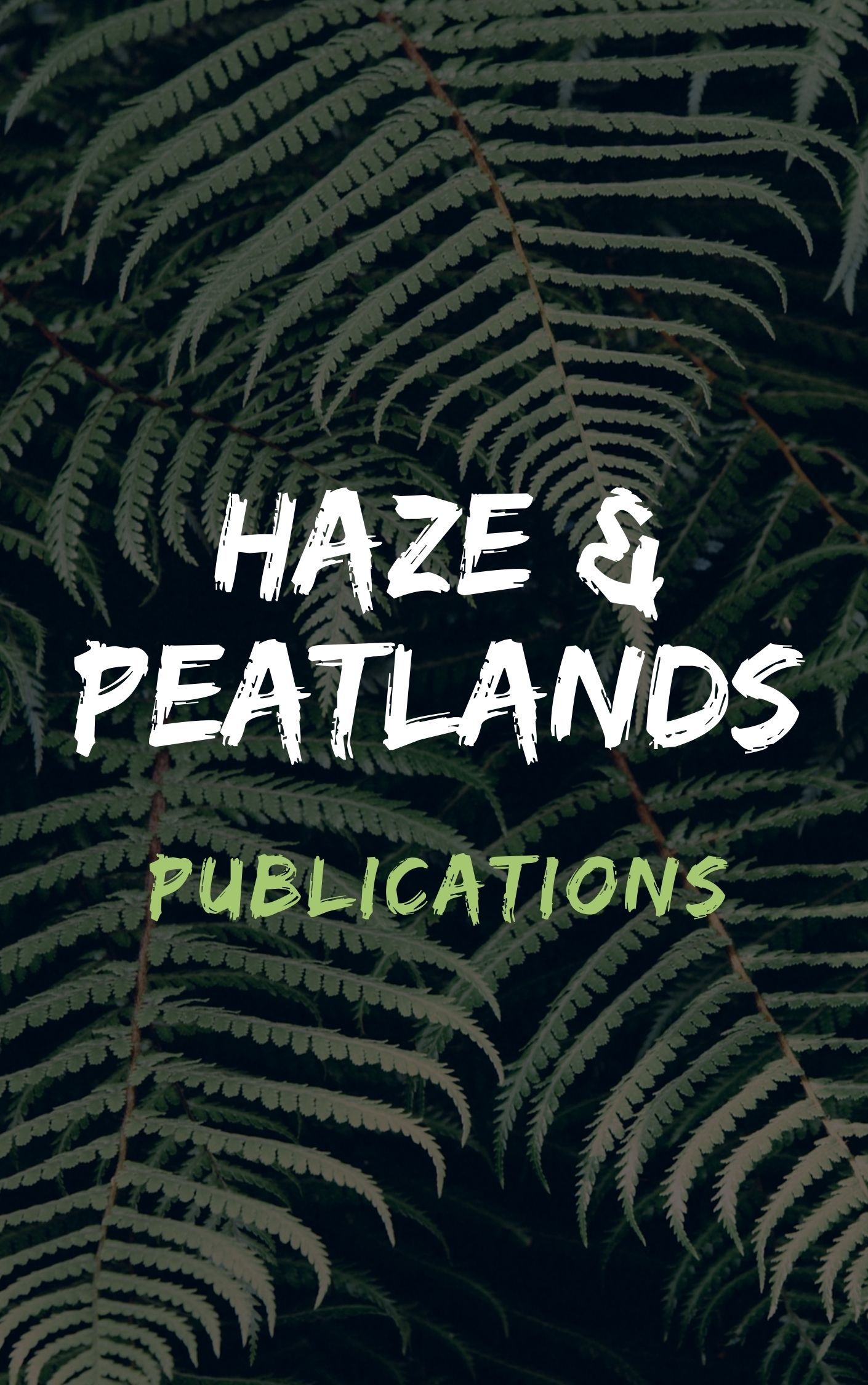This study aimed to explore peoples’ perception on rules-in-use and interaction among actors in a community-based peatland restoration program (CBPRP) in Raja Muja Forest Reserve (RMFR) of peninsular Malaysia. We followed Ostrom’s institutional analysis and development framework, and collected both qualitative and quantitative data through organizing a stakeholders’ workshop, 200 structured interviews, four focus group discussions and five key informants’ interviews. Local people claimed that there was significant decline in their rights to access forests (χ2 = 49.42, p = .001), extraction of forest resources (χ2 = 53.02, p = .001), recreational (χ2 = 10.32, p = .001) and agricultural uses (χ2 = 4.35, p = .05) due to change in governance regimes from state forest management toward CBPRP. However, CBPRP introduced several social development programs for local community. This study identified 44 actors under seven categories, and only two actors (Selangor State Forestry Department and Global Environment Center, an NGO) played significant roles in decision-making process and interacted with other actors in peatland restoration actions. Community people had only participated in the implementation of rehabilitation actions. In order to sustain community development and sustainable management of RMFR, we suggest to reform multi-stakeholder governance structure that ensures active participation of local community people.
View source

